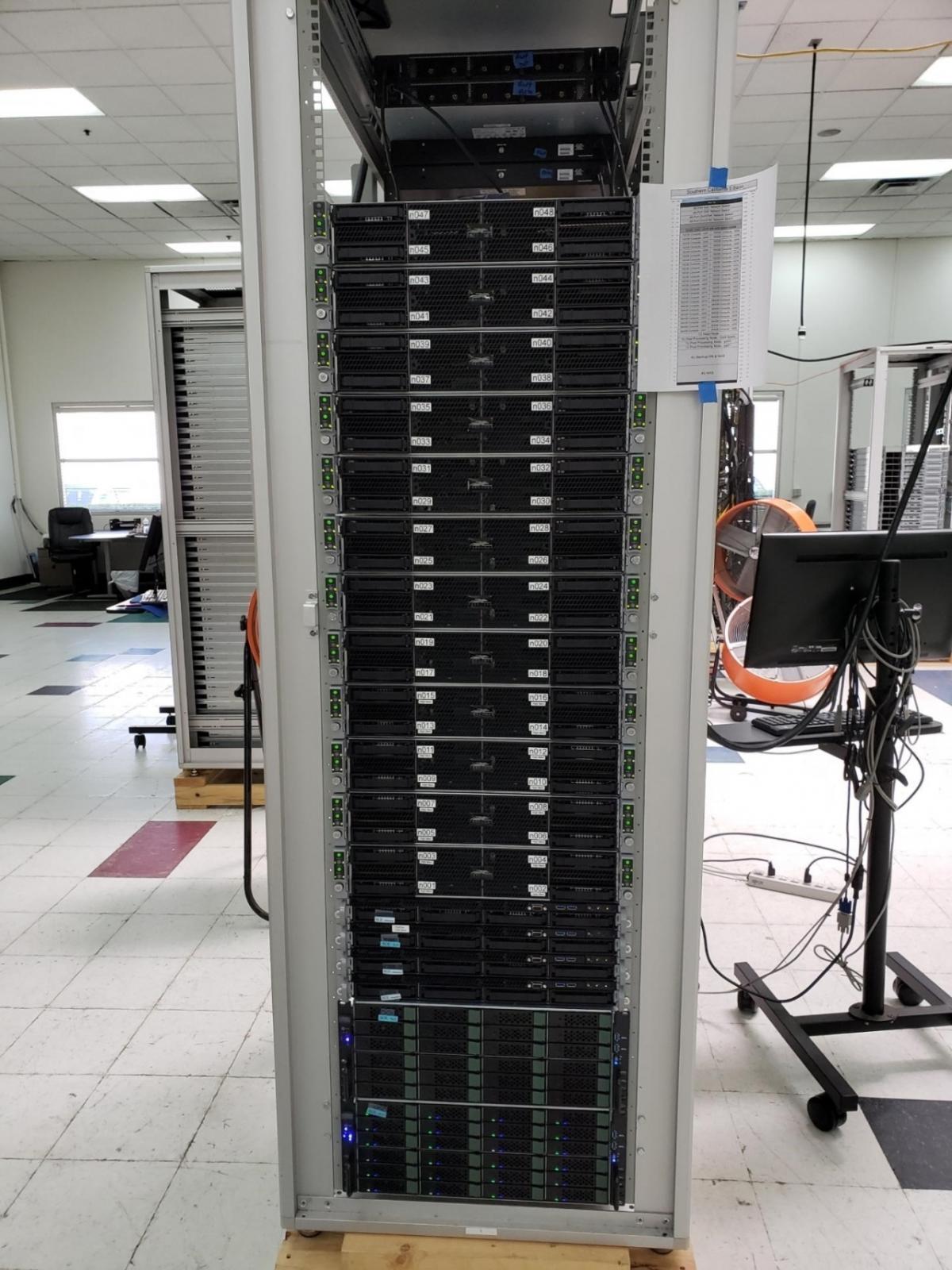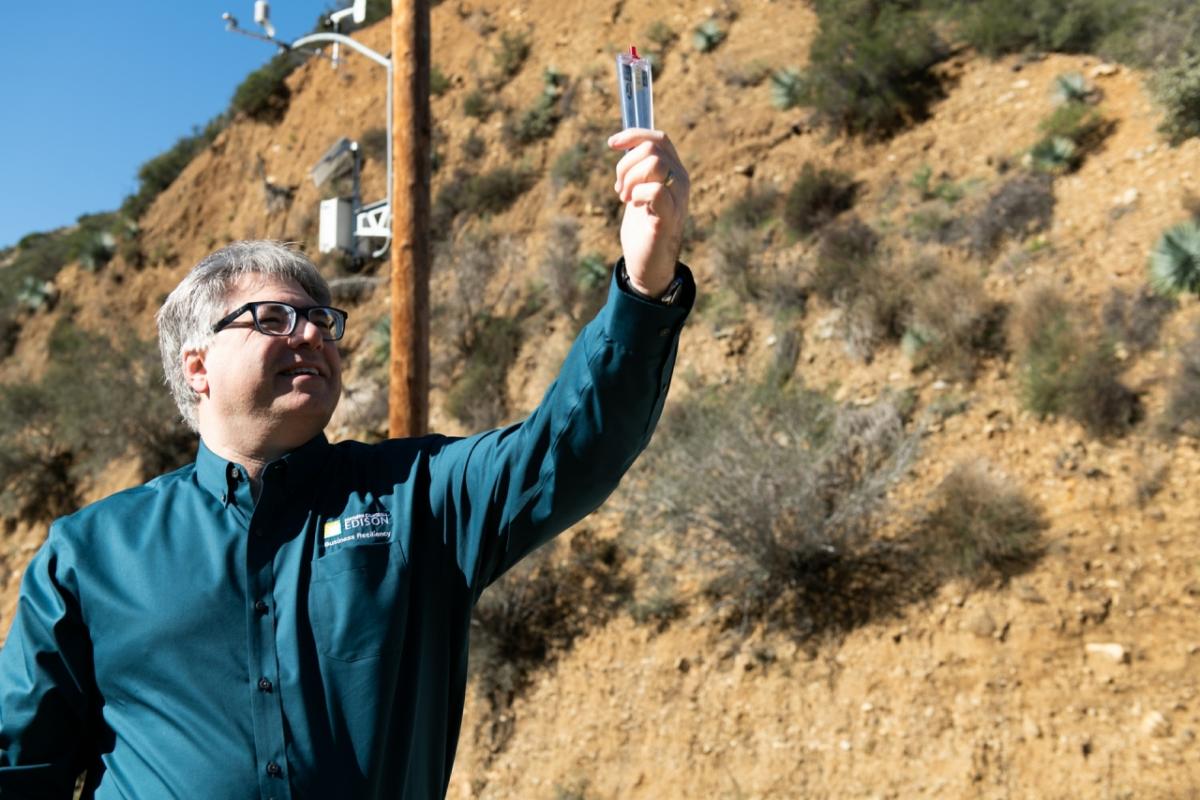SCE Harnesses Technology to Hone Wildfire Forecasts
A supercomputer is helping SCE meteorologists better understand when and where the wildfire threat will be.
In the past, forecasting a wildfire season was more of an art than a science. Everyone generally expected wildfires to begin during the Santa Ana wind seasons in the late summer and fall and end around Thanksgiving, but specifics were hard to come by.
Enter Tom Rolinski, Southern California Edison’s fire scientist, is leading the company’ wildfire forecasting efforts. He is using hard data and science to provide more detailed forecasts so the utility can better plan its fire mitigation work in advance of the season and response once it begins.
“No one has done this before, at least not at SCE,” he said.
Rolinski and SCE’s team of meteorologists are using a new state-of-the-art high-performance computer to help them refine their forecasts. Twice a day the computer starts with the broad weather data provided by the federal government. Then it crunches the numbers for more than 80 variables like temperature, wind speed, relative humidity and how dry the vegetation is throughout SCE’s 50,000-square-mile service area.
When the computer finishes the computations, it provides an hourly forecast for the next five days for every 2 kilometers of SCE’s service area. If needed, they can narrow that forecast to a 1-kilometer resolution over a smaller area.
“This is not off the shelf. It was made specifically for SCE for our service territory,” Rolinski said. “We’ll be able to see how things are changing on an hourly basis.”
So instead of saying that elevated fire conditions will occur in “the morning,” they will be able to pinpoint the starting time for elevated fire concerns — say 9 a.m. — as well as the location to be focusing on. This will help SCE target resources for monitoring and quick response.
“We can hone in much better to predict conditions when it comes to Public Safety Power Shutoffs,” said Rolinski, describing SCE’s customer alert system for potential power shutoffs during elevated fire conditions.
One supercomputer is being used to analyze current conditions. A second backup computer will work on analyzing historic conditions every hour going back 40 years, correlating weather and vegetation dryness with a wildfire. Even using a high-performance computer, the task, involving millions of data points, is expected to take until early 2020 to complete.
Rolinski said the databases will be an important step in understanding how the weather and vegetation conditions determine the susceptibility to a wildfire.
“For instance, you can have two power wires slap together and create a spark, but if the fuels are not receptive to ignitions, you are not going to get a fire,” he said.
Rolinski and SCE’s meteorologists are already using the supercomputer for help in forecasting elevated fire conditions, but he said the data will really pay off over the next year as they build their database and apply machine learning to the historical data.
“This year we didn’t have any of this,” Rolinski said. “This year we are starting to use high resolution data and next year we will have much more data and the experience of working with it as well.”



